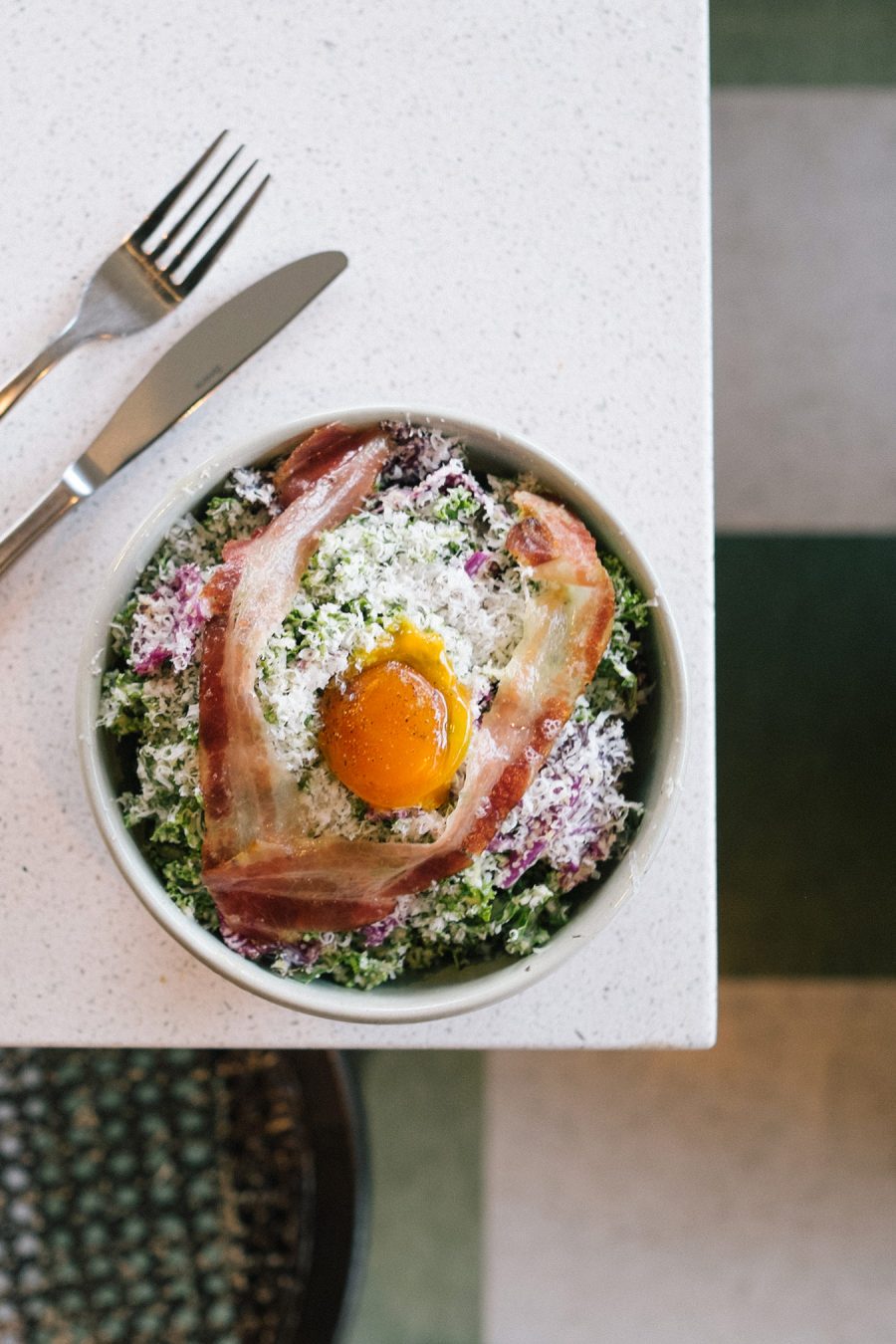Consider the role of the restaurant as a bellwether of change. Then again, does the restaurant define the neighbourhood, or the reverse? A handful of recent arrivals underscore a more laid-back but also re-energized Vancouver dining culture that started with small plates and blossomed under more relaxed licensing laws.
Venture down to Bistro Wagon Rouge, on the still slightly gritty stretch of Powell Street that borders the docks, and you’ll witness the first real stirrings of community since Ports Canada Police effectively gutted the ‘hood, when, in 1989, it unceremoniously demolished the heritage Campbell Avenue fishboat anchorage, processing plants, fresh seafood sales and all.
The bustling one-time dock-workers’ diner turned no-nonsense down-home French bistro has been a success since day one, in part because it delivered some serious tastes where there was little or nothing before. The room is unapologetically cramped and decidedly egalitarian. Be there by six and you might be lucky enough to score a seat, albeit at the bar, beside a friendly couple who tell you they’ve come “all the way from Burnaby Heights”.
Chef Brad Miller’s plates also come with a discernible dash of blue collar: bistro classics like cassoulet, steak frîtes, or bouillabaisse, only slightly tweaked up and, often as not, washed down with a pint of Powell Street Dive Bomb Porter (or whatever the seasonal pour might be), a lusty chocolate toned brew named in deference to East Van’s iconic crows.
When once hallowed Le Gavroche finally succumbed, more than a few figured the well-preserved 19th-century house on the corner of Alberni and Cardero would again soon house a fine dining destination, perhaps with an Italian accent this time around. However, Neil Taylor and Ed Perrow had a different idea, especially given the success of their nearby, tapas-fueled España. Both with U.K. backgrounds, they figured Vancouver in general, and the West End in particular, was long overdue for a British-style gastropub, offering fare considerably better than what passes for pub fare in the city. Enter the Fat Badger, an interesting shift from the original, a white linen–clad, Gallic, upstairs haunt that ultimately became a West End fixture.
Taylor and Perrow had watched the evolution of the London pub scene with interest, as it shifted from dark and smoky haunts, where blokes lifted endless pints, to airy, open pubs that served truly good food, and where women could also feel comfortable. A glance at the Fat Badger line-up of taps confirms its heritage, with the likes of Smithwick’s, Fuller’s, Magners Irish Cider, and Guinness offered in full as well as half pints.
Taylor more than delivers on a promise of more intelligent pub fare, driven as much as possible by local ingredients. Popular plates right off the mark range from whisky-cured salmon with dill mustard and crème fraîche to a masterful rabbit, duck, and squab terrine. The room is warmed by the hubbub of conversation, conviviality, and good tunes. And further enhanced by the total absence of TV screens: a perfect “local” in every sense.
It’s been a while since sleepy Kerrisdale enjoyed much in the way of culinary appeal. However, Josh Pape and James Iranzad (of Wildebeest fame) have rectified that state of affairs. Their newly unveiled Bufala is a decidedly upbeat offering, serving some of the best pizza and other Italian fare around. Of note: an anchovy and parmigiano reggiano–packed kale Caesar salad; mildly addictive, smoked Castelvetrano olives; joyously rustic roasted mortadella with pickled cipollini onions, shallot crumb and parsley; and a bevy of irresistible pizzas, including superb Margherita, perfectly toned with ample fior di latte. No wonder the clean lined room with its open kitchen has been packed since day one—a positive driving force suggesting Kerrisdale is more than ready to shed its somnambulant and somewhat tweedy past.
Bufala photos: Alexandra Sehmer.














